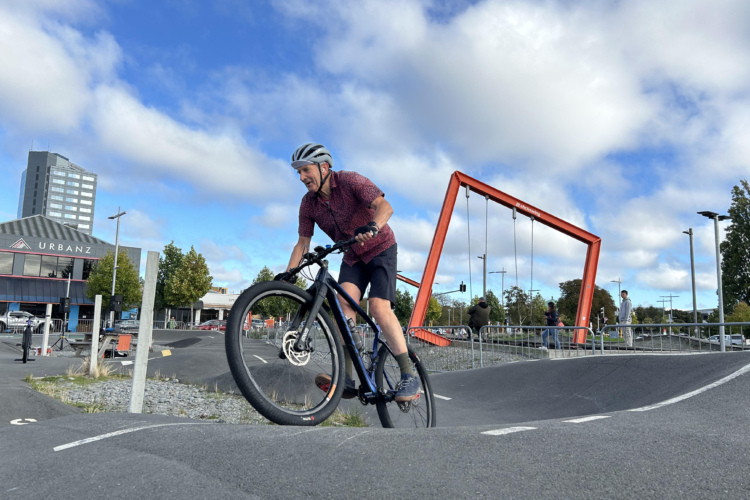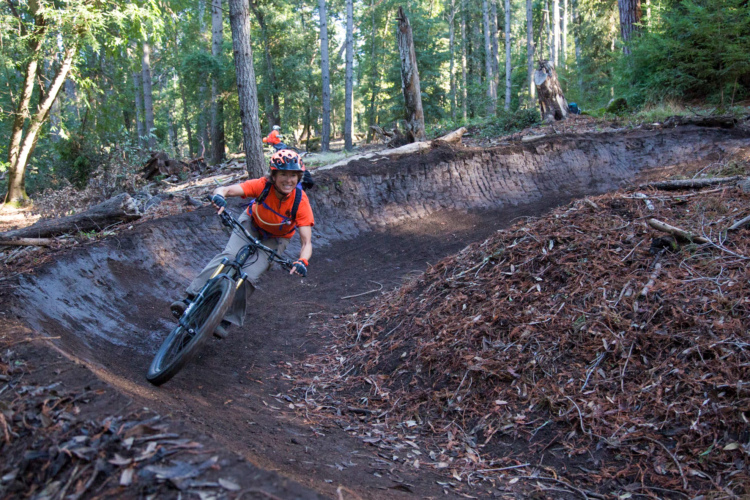
There are two bikes in the Bighorn range – the 1.1 that I tested is the higher-level spec, and the 1.3 offers a more basic build. Retail price for the 1.1 is a reasonable $2,500. For that price you are getting a solid mix of parts, including an 11-speed Shimano XT drivetrain, XT brakes, a 120mm travel Fox 34 Performance fork, and a KS LEV Integra dropper. The wheels are from Fuji’s house brand component company Oval, but the rims look plenty wide enough to support the large tires. Fuji is speccing Schwalbe’s updated Nobby Nic tires, which while labeled as 3.0″, look to be much closer to 2.8″. Without a scale I had to rely on my years of guesstimation, which put the size large Bighorn at around 27lbs or so with tubes. Regardless, the bike did not feel overly heavy by any means.


According to Fuji, the headtube angle is 69 degrees with the 120mm travel fork. That may sound slack on paper, but once out on the trail, I found the bike to skew more towards the XC end of the spectrum. The bike was quick to react to any input from the rider. I could see this bike being better suited to tighter, technical trails, as opposed to wide-open high speed terrain.

Since flat tires are very likely at Bootleg Canyon, the Fuji reps had added a few extra PSI to the Schwalbes. The tires rolled well and the larger knobs of the new Nobby Nics dug into the loose terrain, but the high tire pressure combined with the stout aluminum frame made for a harsh ride.
The frame itself has some nice touches: the cable routing is partially internal, you can fit three water bottles on the frame, and there are mounts for racks or fenders. You could easily take the Bighorn bikepacking.



All in all, the Bighorn is a solid bike. Nothing in the component spec is deficient – you could ride this bike in its stock form for several seasons. Of course, I would recommend switching the wheels to tubeless immediately to drop some weight and improve traction. Other than that, there is nothing I would personally change. Even the stem length and bar width was spot on. Price wise, it is competitive with similarly spec’d plus hardtails like the Norco Torrent and Marin Pine Mountain 2.





















1 Comments
Sep 23, 2016
http://www.singletracks.com/video.php?c=1&v=8452